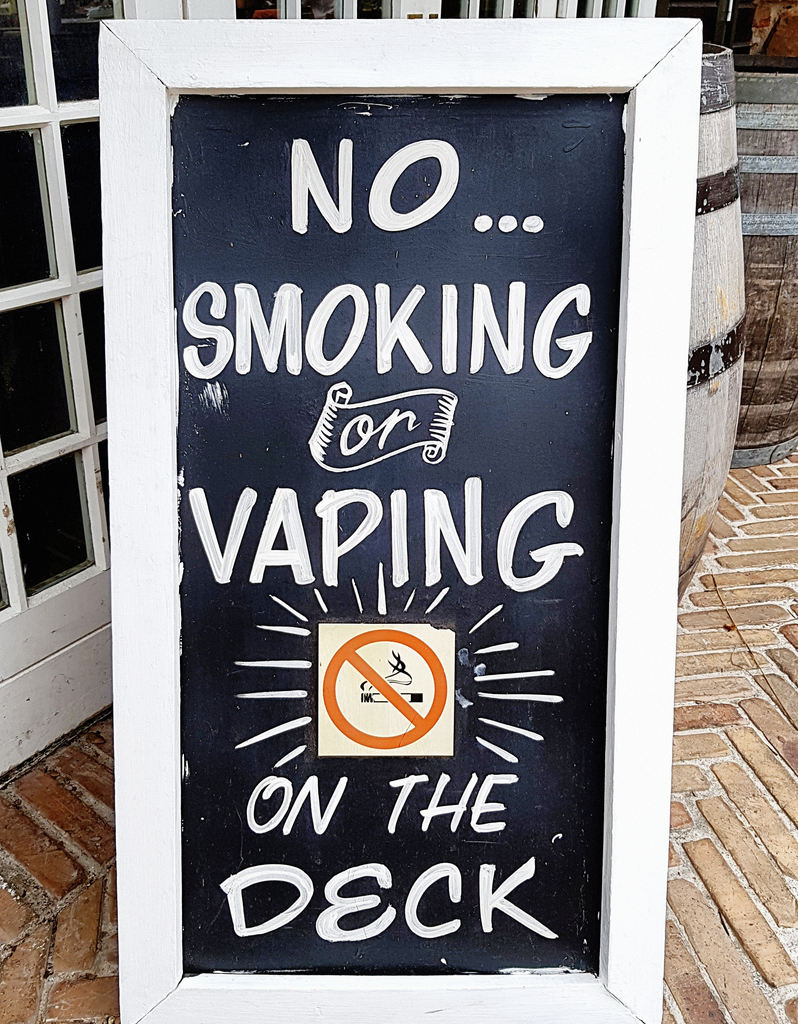
Kelly Rose
Editor

Kelly Rose
Editor
Each issue, British Safety Council will be using this page to answer YOUR questions. Please send any problems, issues or general enquiries about health, safety and wellbeing to policy@britsafe.org and their experts will respond in future issues.
Q: My staff keep asking if they can vape inside our warehouse. Where do I stand in terms of the law in the UK, can I ban them?
While the law on cigarette and cigar smoking in workplaces in the UK is clear - smoking is prohibited in any enclosed or substantially enclosed public place, including workplaces - electronic cigarettes, or vapes, do not fall within the scope of the Health Act (2006).
There is no other legislation that regulates or prohibits the use of electronic cigarettes at work, and vaping is permitted, unless a specific establishment or public area has imposed a ban. However, individual organisations have the discretion to implement their own policies on vaping in their premises.
So, you are well within your rights to ban your staff from vaping inside the building, and even outside should you wish to do so. Most organisations treat the use of e-cigarettes in the same way as smoking, allowing the use of these devices only in designated areas outside, such as a shelter.
Q: They say that ‘loose lips sink ships’. One of my team has been spreading rumours and gossip which is hurting others, including me! How should I deal with this and when does ‘gossip’ become ‘harassment’?
If your colleague claims the behaviour was just ‘friendly banter’, it may still be regarded as being ‘harassment’ if it meets the definition under Section 26 of the Equality Act (2010).
Harassment is where someone creates an atmosphere that makes you feel uncomfortable - this could be because you feel offended, intimidated, or humiliated.
If the bullying isn't harassment under the Equality Act, then you should try and deal with it directly with the individual concerned, using your own internal disciplinary and HR procedures.
For all types of harassment, the behaviour must be something you didn’t want, which the law calls ‘unwanted conduct’.
To bring a legal complaint, you have to show that your situation is covered by one of three types of harassment under discrimination law. The first is where the unwanted conduct relates to a 'protected characteristic' like sex or race. The second is where the unwanted conduct is of a sexual nature. The third is where you’re treated worse because of rejecting or submitting to unwanted sexual behaviour or behaviour related to gender reassignment or sex, which is known as ‘being treated less favourably’.
It doesn't matter if the behaviour is directed at you or not - for example, if you overhear your colleagues making racist, sexist or homophobic jokes or comments to each other.
Q: I sometimes get confused by the terminology used in health and safety. For example, what’s the difference between a ‘hazard’ and a ‘risk’?
Put simply, a hazard is anything that has the potential to cause harm – for instance, it might a substance, electricity, working at height or machinery. Risk is the chance that harm results from a hazard and how serious that harm could be.
Under the Management of Health and Safety at Work Regulations 1999, the minimum you must do is identify what could cause injury or illness in your business (hazards), then decide how likely it is that someone could be harmed and how seriously (the risk) and then take action to eliminate the hazard, or if this isn't possible, control the risk.
Check out this page on the HSE’s website for more: https://www.hse.gov.uk/simple-health-safety/risk/index.htm

70 Chancellors Road
LONDON
W6 9RS
UNITED KINGDOM
04475 57 021337